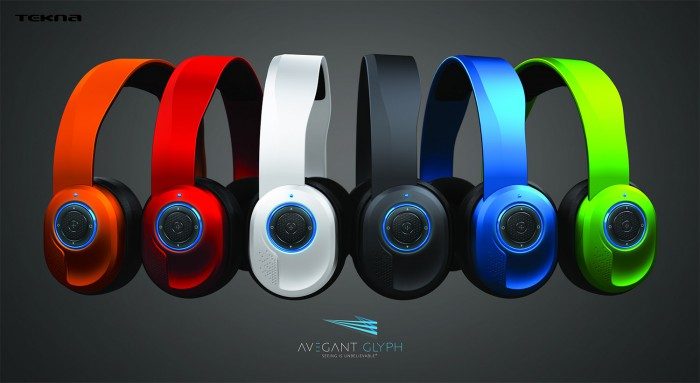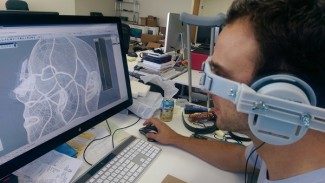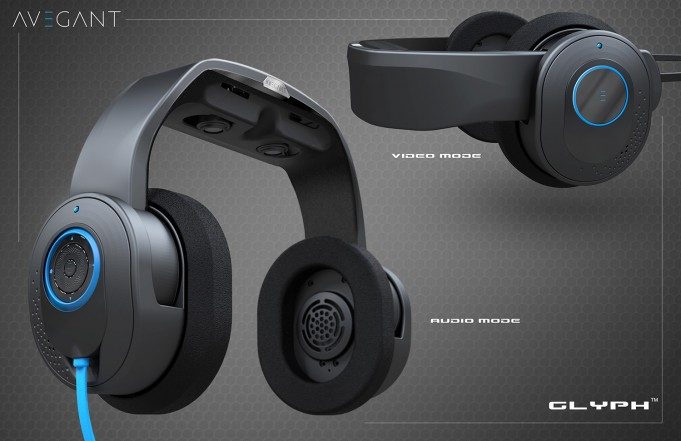Avegant, creators of the Glyph head mounted display, have announced the closing of a series A funding round of $9.37 million lead by Intel Capital and NHN Investment, including funding from rap artist Snoop Dogg. The company says that the funds will be used to “help carry Avegant through its manufacturing milestones” for the company’s HMD which was funded through Kickstarter in early 2014.
Avegant’s Glyph is a head mounted display which is embedded into a pair of over-ear headphones. The Glyph’s headphone band can be swiveled down to position what the company calls a “virtual retinal display” in front of the user’s eyes. With a field of view around 45 degrees, the Glyph doesn’t quite fall into the category of ‘VR headset’, but its unique display technology and portable form-factor make the Glyph worth tracking. The company has said previously that their display technology, which utilizes a micro-mirror array, could be adapted to a wider field of view for use with VR.
See Also: Avegant Reveals Glyph – Transforming HMD With Virtual Retinal Display, Kickstarter Starts at $499
Avegant took Glyph to Kickstarter in early 2014. They blasted through their $250,000 goal within 7 hours, and went on to raise more than $1.5 million through the crowdfunding platform.

On Tuesday, it was announced at the Intel Capital Global Summit that Avegant had raised an additional $9.37 million in a series A funding round. The round was lead by Intel Capital and NHN Investment, and also included Kaiwu Capital, Crunch Fund, 500 Startups, DN Capital, Calvin Broadus Jr., and the Michigan Angel Fund.
Calvin “Snoop Dogg” Broadus Jr. became interested in the Glyph after seeing it featured on CNN during the product’s Kickstarter. Apparently he liked it enough to participate in the company’s latest investment. Perhaps Snoop is looking to follow a similar path as the now formidable ‘Beats by Dre‘?
 Avegant says they will reveal the final design of the Glyph at CES 2015 in January. The timeline listed on the company’s website says that they are currently in the product development phase. Their most recent update to Kickstarter backers from October talks about the process of testing the ergonomics of the device. Avegant says they expect to ship the Glyph in Q1 2015 and is accepting pre-orders for the device on their website.
Avegant says they will reveal the final design of the Glyph at CES 2015 in January. The timeline listed on the company’s website says that they are currently in the product development phase. Their most recent update to Kickstarter backers from October talks about the process of testing the ergonomics of the device. Avegant says they expect to ship the Glyph in Q1 2015 and is accepting pre-orders for the device on their website.







